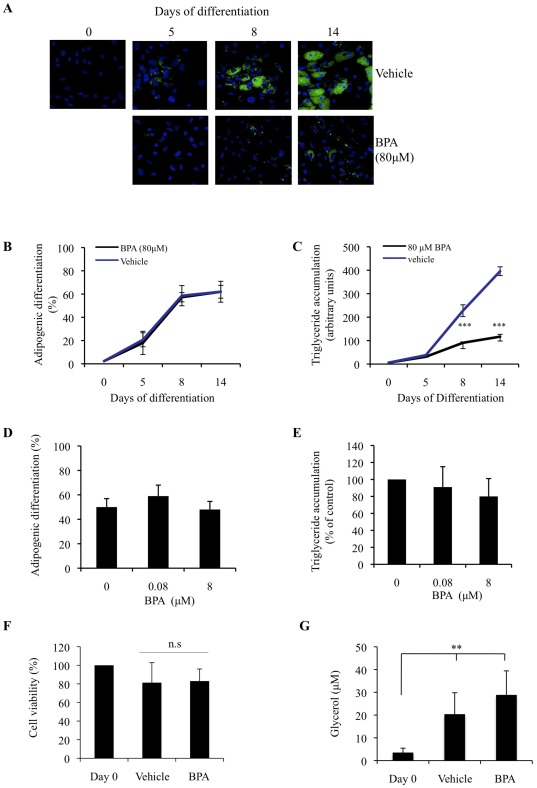Figure 1. Continuous exposure to BPA inhibits triglyceride accumulation in differentiating hASCs.
(A) hASCs were grown to confluency (Day 0) and induced to differentiate with an optimised adipocyte differentiation medium in the presence of 80 µM BPA throughout differentiation. On days 5, 8 and 14 cultures were fixed and subjected to flourescence microscopy. Merged images of lipid droplets (green) and nuclei (blue) were analyzed by image cytometric software. Data generated from (A) was expressed as adipogenic differentiation (B), and triyzaglyceride accumulation (C). Data are expressed as mean ±SD (3 independent experiments, >500 cells were analyzed for each experiment). * p<0.05, n.s. is p>0.05 (BPA vs. vehicle). hASCs were grown to confluency (Day 0) and induced to differentiate with adipocyte differentiation media in the presence of 0.8 µM and 8 µM BPA throughout differentiation. On day 14 cultures were fixed and subject to flourescent microscopy. Merged images of lipid droplets (green) and nuclei (blue) were analyzed by image cytometric software. Data generated from image cytometry was expressed as adipogenic differentiation (D), and triglyceride accumulation (E). (F) hASCs were induced to differentiate in the presence of vehicle or BPA (80 µM). On day 14 of differentiation cell viability was evaluated by MTT assay. (G) hASCs were induced to differentiate in the presence of vehicle or BPA (80 µM). On day 14 culture supernatant were collected and assessed for the presence of glycerol. Data are expressed as means ± SD (n = 3 independent experiments performed in triplicate) ** is p<0.005 (treatment vs Day 0).

